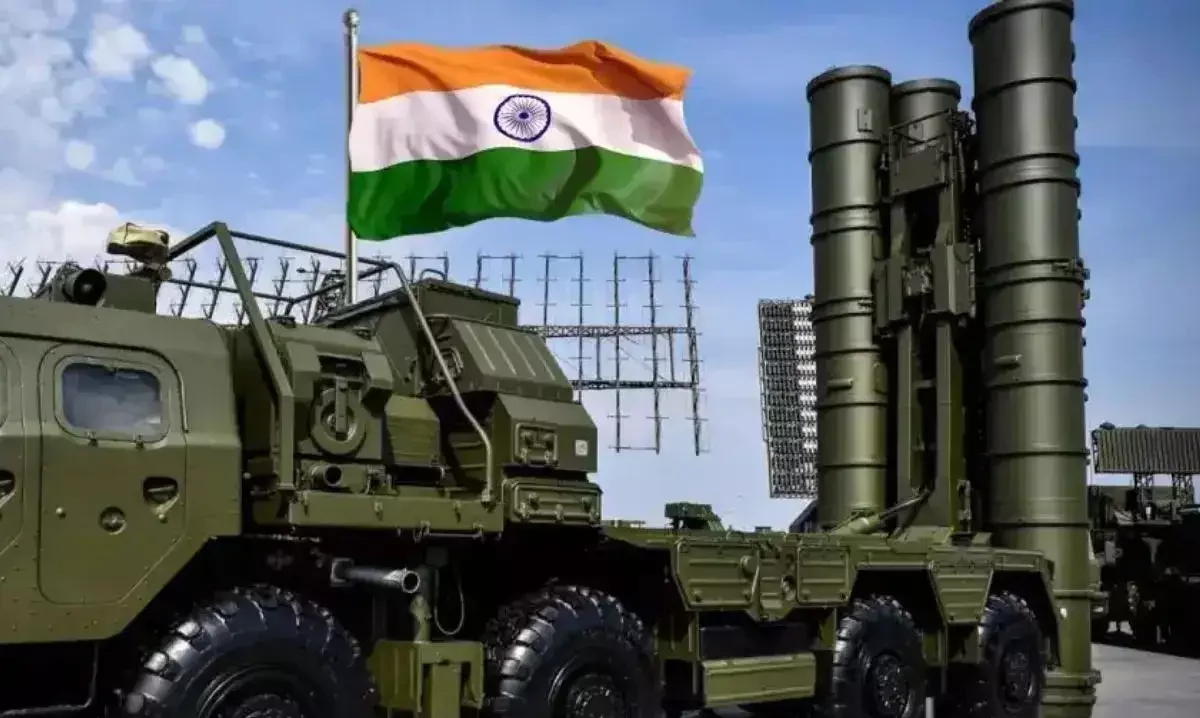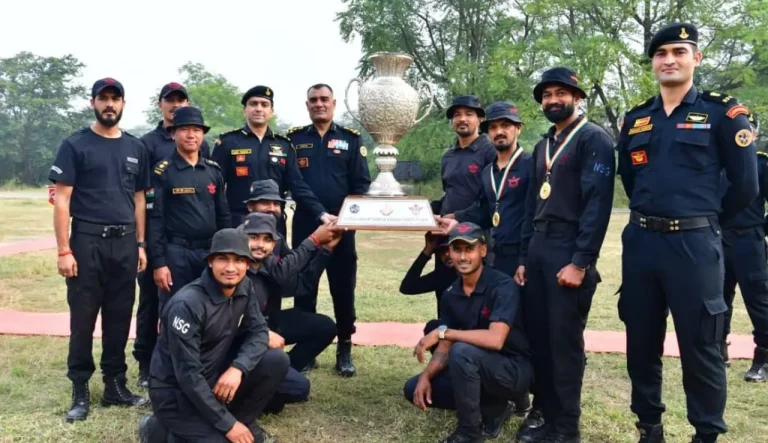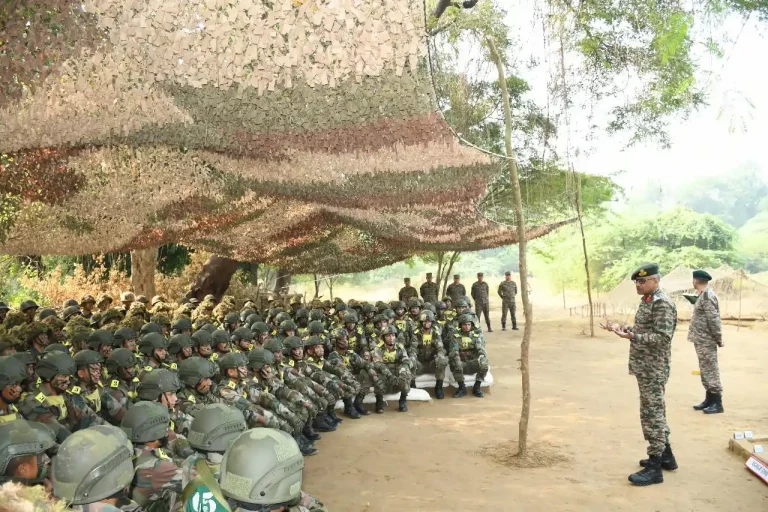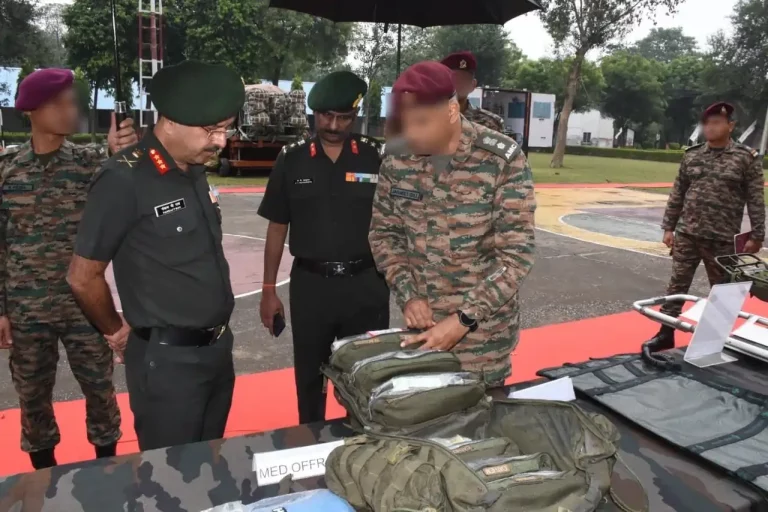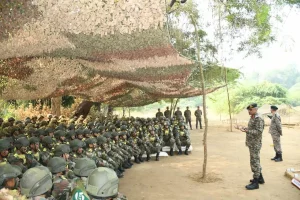India is making significant strides in its defense capabilities with the development of a long-range surface-to-air missile (SAM) system under Project Kusha. Spearheaded by the Defence Research and Development Organisation (DRDO) in collaboration with Bharat Electronics Limited (BEL), this ambitious initiative aims to produce a comprehensive air defense framework reminiscent of the Russian S-400 system. The prototype of this advanced missile system is anticipated to be ready within the next 12 to 18 months.
Project Kusha is designed to counter a diverse array of aerial threats, including enemy aircraft, drones, and ballistic missiles. In this project, BEL is a crucial development partner, focusing on the creation of multiple vital subsystems that encompass radar technologies and control systems essential for effective target tracking and engagement.
Manoj Jain, Chairman and Managing Director of BEL, has underscored the company’s significant involvement in Project Kusha. He noted that various critical components are being developed collaboratively, and mentioned that BEL is being considered as a potential integrator of the entire system if multiple system integrators receive approval.
In addition to Project Kusha, BEL is actively engaged in the production of the Quick Reaction Surface-to-Air Missile (QRSAM) system, which is a joint initiative with the Indian Army and Air Force. The company anticipates securing an order valued at approximately ₹30,000 crore for the QRSAM, with final agreements expected either by the end of the current financial year or in early next year.
BEL’s credentials in air defense were recently bolstered by the successful deployment of its Akashteer system. This system is designed to enhance situational awareness and optimize responses to aerial threats by integrating various sensors and weapon systems into a streamlined control framework. The Akashteer has been inducted into active service and is seen as a significant advance over legacy air defense systems.
While Project Kusha seeks to enhance India’s domestic capabilities, the country’s ongoing use of the Russian-made S-400 Triumf air defense system remains a vital component of its strategic deterrent approach. Deployed at strategic locations across the country, the S-400 provides extensive coverage against high-speed aerial threats and has demonstrated reliability during training and operational missions. The lessons learned from the S-400’s performance are guiding the development objectives of Project Kusha, which aims not only to replicate but ultimately to exceed the capabilities of the Russian system using entirely indigenous technologies.
As India focuses on establishing a layered and self-reliant air defense architecture, Project Kusha represents a crucial step towards diminishing reliance on foreign defense platforms and fostering a robust indigenous defense ecosystem.
